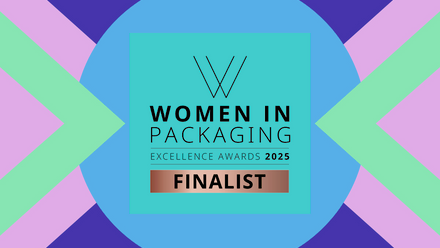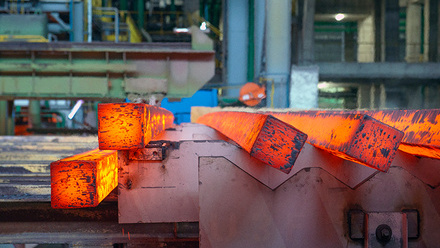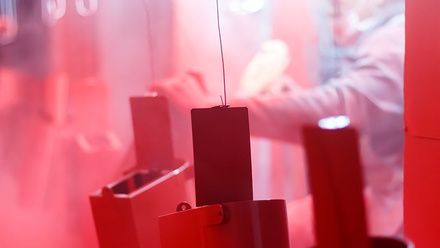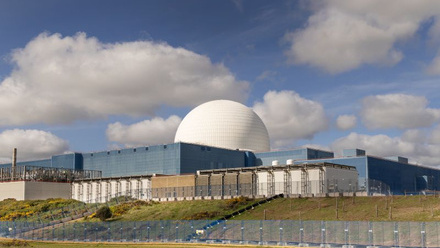3D printing gas turbine blades while reducing cracking
Nickel-base superalloys for gas turbine blades have been designed with new 3D printing method.
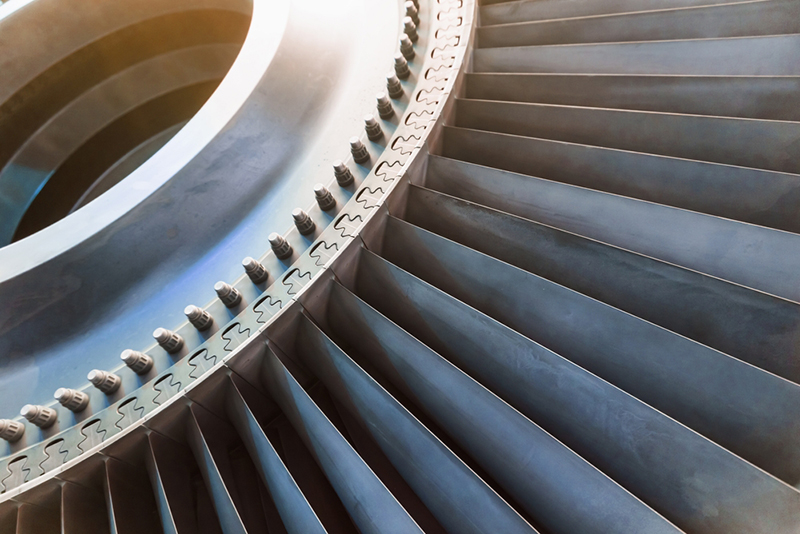
The team behind the invention at Chalmers University of Technology, Sweden, says the improved additive manufacturing (AM) method reduces cracking from AM, as well as residual stress in metal components exposed to extreme heat and pressure.
The research focuses on high-performance alloy CM247LC.
Doctoral Student Ahmed Fardan Jabir Hussain notes that CM247LC has an equilibrium gamma prime volume of 60-70% and was first developed for casting. Laser beam powder bed fusion processing of the alloy is challenging.
He highlights that it is classified as a 'non-weldable superalloy due to its cracking susceptibility and is known to be one of the trickiest alloys to be processed using laser beam powder bed fusion'.
However, instead of using long, continuous, laser scans, the group has been testing shorter, laser-scan patterns that better control heat output. They say this helps distribute heat more evenly across the material, reducing the risk of cracks forming.
Hussain explains they have studied stripe widths moving away from the conventional 5mm towards 0.2mm, specifically 2.5mm, 1mm, 0.7mm and 0.5mm.
Hussain says the parameter is applied to the entire component. So far, they have studied cubes for microstructure and residual stress characterisation, but the end goal is for these parameters to be used in complex components like gas turbine blades.
The shorter scan vectors better control heat input, he notes, which mimic the spot/point melting in traditional welding and powder bed fusion with an electron beam. 'Better control of heat input is allowed by such a scan pattern,' Hussain explains, 'as a continuous melt pool along the scan vector is not present. Instead, smaller melt pools are created that better distribute how the material is melted.'
Residual stress is a key factor in strain age cracking, a common issue near stress concentrators, especially in final components like turbine blades. This research reports a 23% reduction of residual stress using short laser-scan patterns compared to conventional stripes.
Hussain reflects that the columnar microstructure is also beneficial for creep performance and surpasses the conventional scanning strategy.
They believe this could lead to stronger, more durable components that can better withstand high temperatures and stress. 'The end goal is for turbine blades that do not crack during the powder bed fusion laser beam process and heat treatment to be built,' Hussain says.
The team is also working on the material withstanding extreme heat over long periods without deforming, or creep performance.
The knowledge gained from processing this alloy could be extended to other difficult-to-process alloys.



